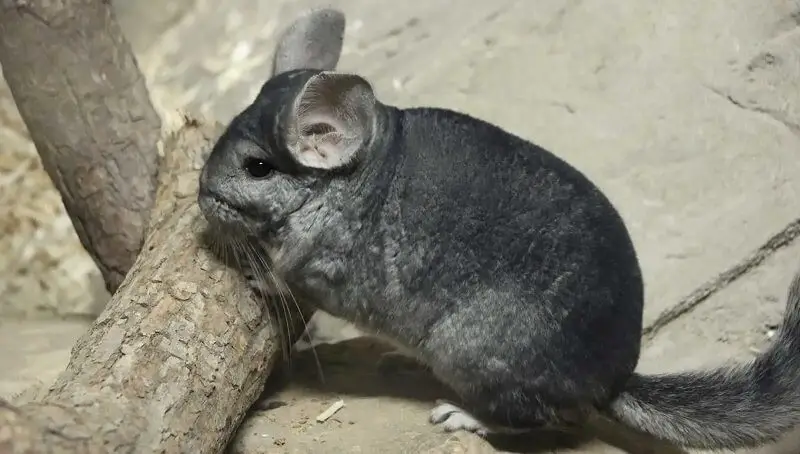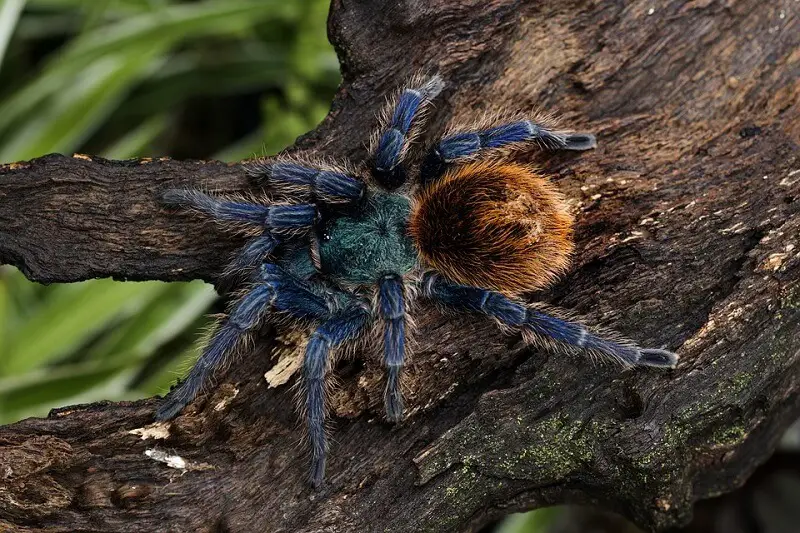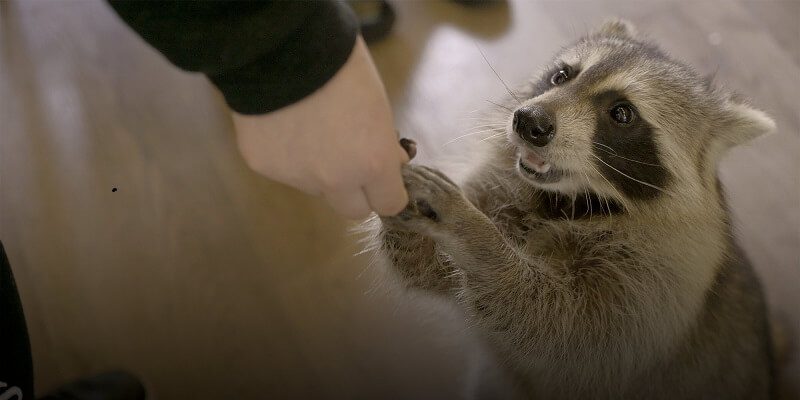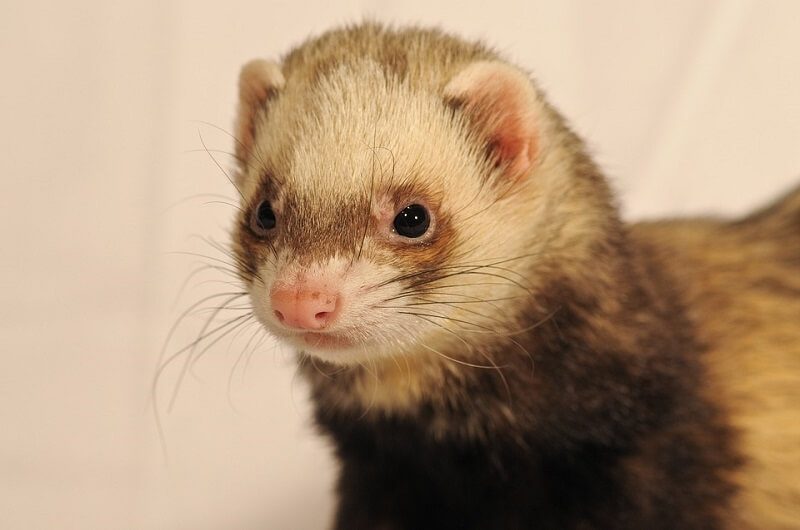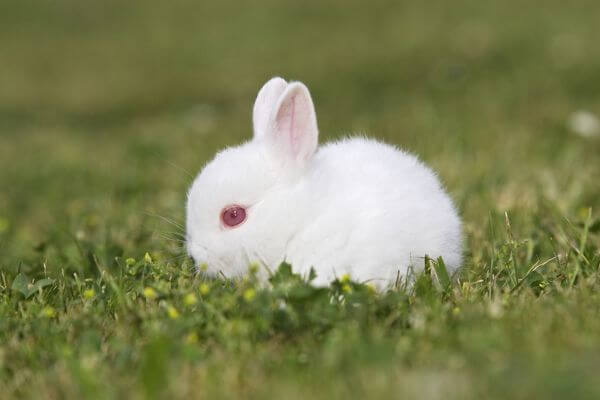Chinchilla is an adorable, highly sociable, and affectionate animal. Because of their very thick and soft fur, these animals were excessively hunted and became endangered in the early 20th century. But an American engineer managed to save the species by setting up the world’s first Chinchilla farm.
How big should the cage be for the chinchilla? How often do you have to clean the chinchilla’s cage? What accessories should you get when buying a chinchilla? Here are some tips on how to grow a chinchilla.
The Cage
First of all, when you decide to buy a chinchilla or another animal, you have to think about where they will sleep. You must take into account the responsibilities, who will clean them, who will feed them, etc.
Chinchilla in their natural environment lives in groups or families. So, if you want your chinchilla to feel good, get a family of at least 2-3 individuals and a cage to match. The cage should be as spacious as possible. Owners must possess or learn the knowledge of raising and caring for the animal before buying it. The cage must have a minimum of 1-2 square meters, depending on the number of inhabitants.
You might also like my articles with interesting facts about capybaras, lemmings, or manatees.
You may say it’s very big, but, in this place, they have to sleep, eat, do their needs, and one thing more important than the rest, they have to exercise. In a 50x50cm cage, a chinchilla won’t be able to do all these things.
It is preferable that the cage walls are not made of wood or plastic because they can drift over time, or be chewed, and the floor should not be made of a grid because it can catch the paws of the pet and may also be uncomfortable. Inside you can put a hiding place because the chinchilla likes to hide. It could be a plastic box or a hard material that can’t be chewed. Being a famous rodent, it will try to bite off almost anything. Pay attention to the things you put in the cage. The chinchilla can destroy most of them and can also get sick when ingesting things.
The cage must be placed in a quiet, cool, and shady place. It is not recommended the temperature exceeds 25 degrees. At first, it is good to get used to the new home and its new owners. Let it see you don’t want it to get hurt. Talk to it, and slowly, if you behave properly, it will trust you.
Accessories
Among the most important things that are needed in the cage of a Chinchilla are:
- sand;
- the defecation tray;
- the outer supports, which can be in the form of a spout for fibrous food or water;
- the hiding place.
There are also other less essential things, like everyday hygiene items and toys. The latter helps the animal if it is alone because it helps it not get bored and because it helps the pet exercise. A chinchilla has a lot of energy that needs to be consumed somehow. Toys keep it busy when you’re not home.
For the arrangement of the playground, you can use tree branches, wooden stairs, ramps, and various wooden or metal platforms. If you make them yourself, as many intend because of the price, make sure that the edges or corners are not sharp. The wood should not be chemically treated or sprayed with pesticides.
Chinchilla is the animal with the most intense period of activity in twilight and night. If there is too much light or noise during the day, you can cover the cage with a blanket. It is good to put it in a fixed place because if you move it around the house, it gets easily stressed. It must also be protected from air currents.
Feeding
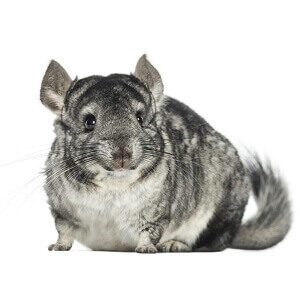 Feeding the chinchilla is one of the essential concerns. As the pet’s owner, you need to know how much and what your pet is eating. Meals are important so they must be respected. Besides meals, you can spoil the animal with various fruits or vegetables. The basic food includes wheat, corn, oats, or barley.
Feeding the chinchilla is one of the essential concerns. As the pet’s owner, you need to know how much and what your pet is eating. Meals are important so they must be respected. Besides meals, you can spoil the animal with various fruits or vegetables. The basic food includes wheat, corn, oats, or barley.
Quality alfalfa or wheat can also make up the food of the chinchilla. In specialty stores, you can find food for chinchillas, that provides the necessary nutrients for healthy growth. As you don’t buy food every day, it’s good to store it in shady places away from moisture and mold.
Fresh water should be at its discretion. If you are using small plastic or ceramic caps, you must change the water 2-3 times per day. Preferably, plastic supports are placed outside the cage. They can be refilled without opening the cage.
Being a rodent, its teeth are constantly growing. Periodically it is good to check their condition. If they grow too long or don’t grow straight, go with your chinchilla to your current veterinarian.
How to handle your chinchilla
Chinchilla has a personality that differs from individual to individual. Some are more lively, active, or playful while others may be less active. Some like to sit in their owner’s arms to be petted, while others don’t.
It is good that after you bring home a chinchilla, you let her get used to the new home and its new owners. When you approach the cage, talk to the pet calmly, until it gets used to your presence. In time, you will be able to feed it from your hand, pet it, or take it in your arms. It should be done gently because it is very sensitive. When you take it in your arms or you let it go around the house, make sure it does not fall from a height because it can get hurt very easily. If you let it down, don’t let it out of sight because it can hide in hard-to-reach places, like behind furniture.
Hygiene
Chinchilla doesn’t wash. Bathing it with water, and water in general can hurt it. If it gets wet, wipe it with a towel and then dry it with a hair dryer.
Chinchilla takes sand baths. In pet shops, there is special sand for the chinchilla to take a bath. Put the sand in a plastic box or something similar and wash it yourself. Don’t be scratchy, put on a thicker layer of sand because the chinchillas like to play and sink into it.
Brushing is done periodically. When you brush it, you can hold it on your lap. At first, you have to be careful not to scare the pet. Being sensitive animals, they can get very frightened if they think they are in danger. The brushing must be neither too frequent, nor too rare. Talk to it while you brush it, and at the end give it a little reward for being good.
The fur should be shiny and soft. It must not contain any tangles or dead hair.
Facts
- Chinchilla’s fur is the softest animal fur in the world due to its high density, 30 times more pleasant to the touch than human hair. While humans have one hair on each follicle, the chinchillas grow over 50 hairs.
- In their natural environment, chinchillas regularly “wash” themselves in volcanic ash to remove moisture and fat from their extremely thin fur.
- A chinchilla lives on average over 10 years, but some can reach 20 years.
- Chinchillas sometimes eat their own feces. They ingest softer feces; it’s a habit inherited from their natural environment, that helps the digestive system function properly.
- Unlike other rodents, the digestive system of the chinchilla is very sensitive so it does not tolerate dairy at all.
- Hay is important in the diet of a chinchilla because it ensures the proper functioning of the digestive system and helps maintain their constantly growing teeth.
- Chinchillas tend not to accept other rodents unless socialization is achieved in their first months of life.
- These species also tend to repel males outside mating periods. They only accept them if they were raised together early.
- Chinchilla must grind its teeth as they have a continuous growth of about 4-6 cm per year. If this does not occur physiologically, the cut-off of the incisors will need to be performed by a veterinarian.
- Being nocturnal animals, they should be allowed to rest during the day, requiring about 18 hours of rest per day.
